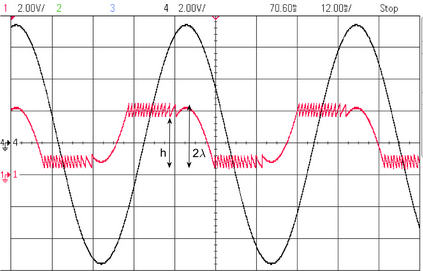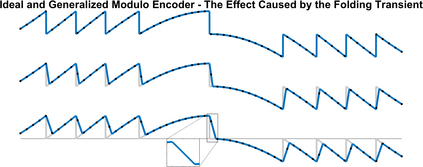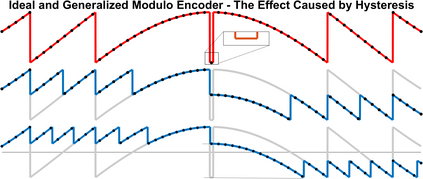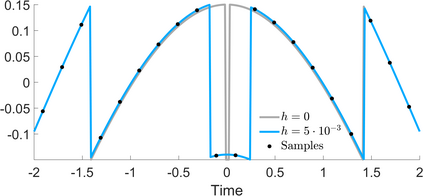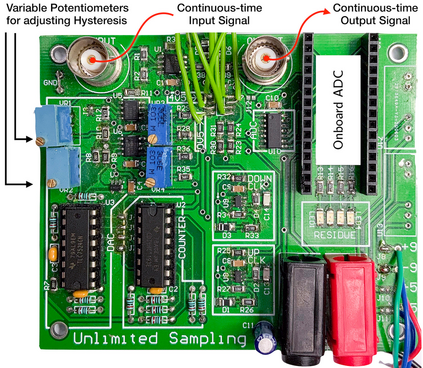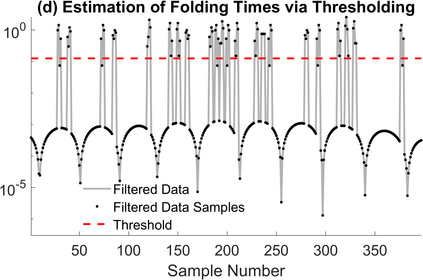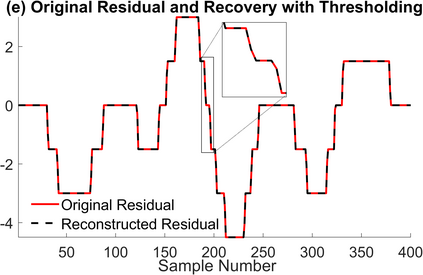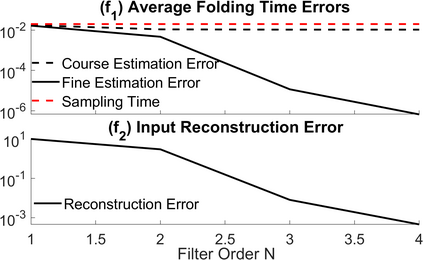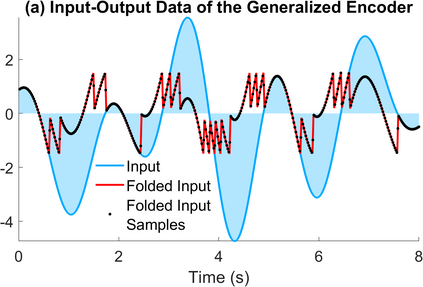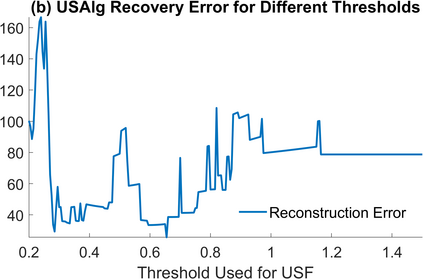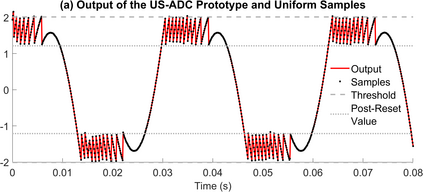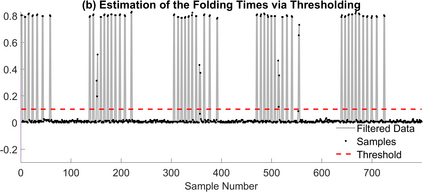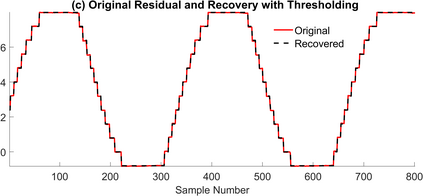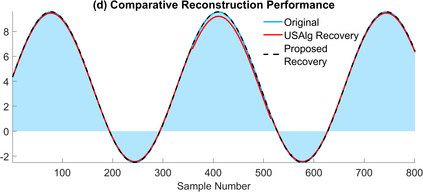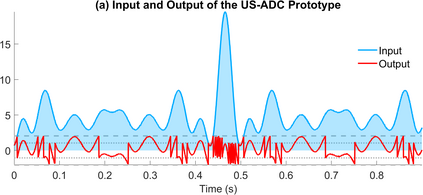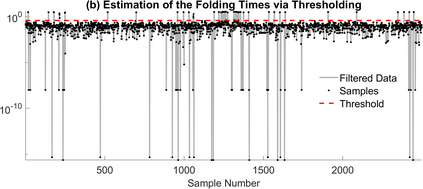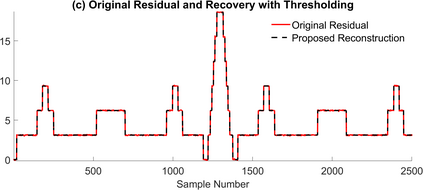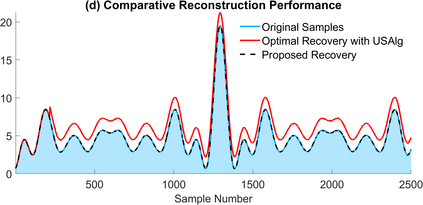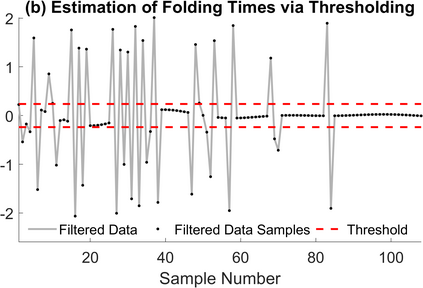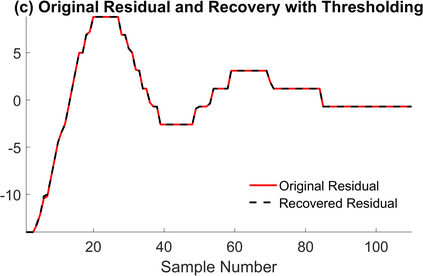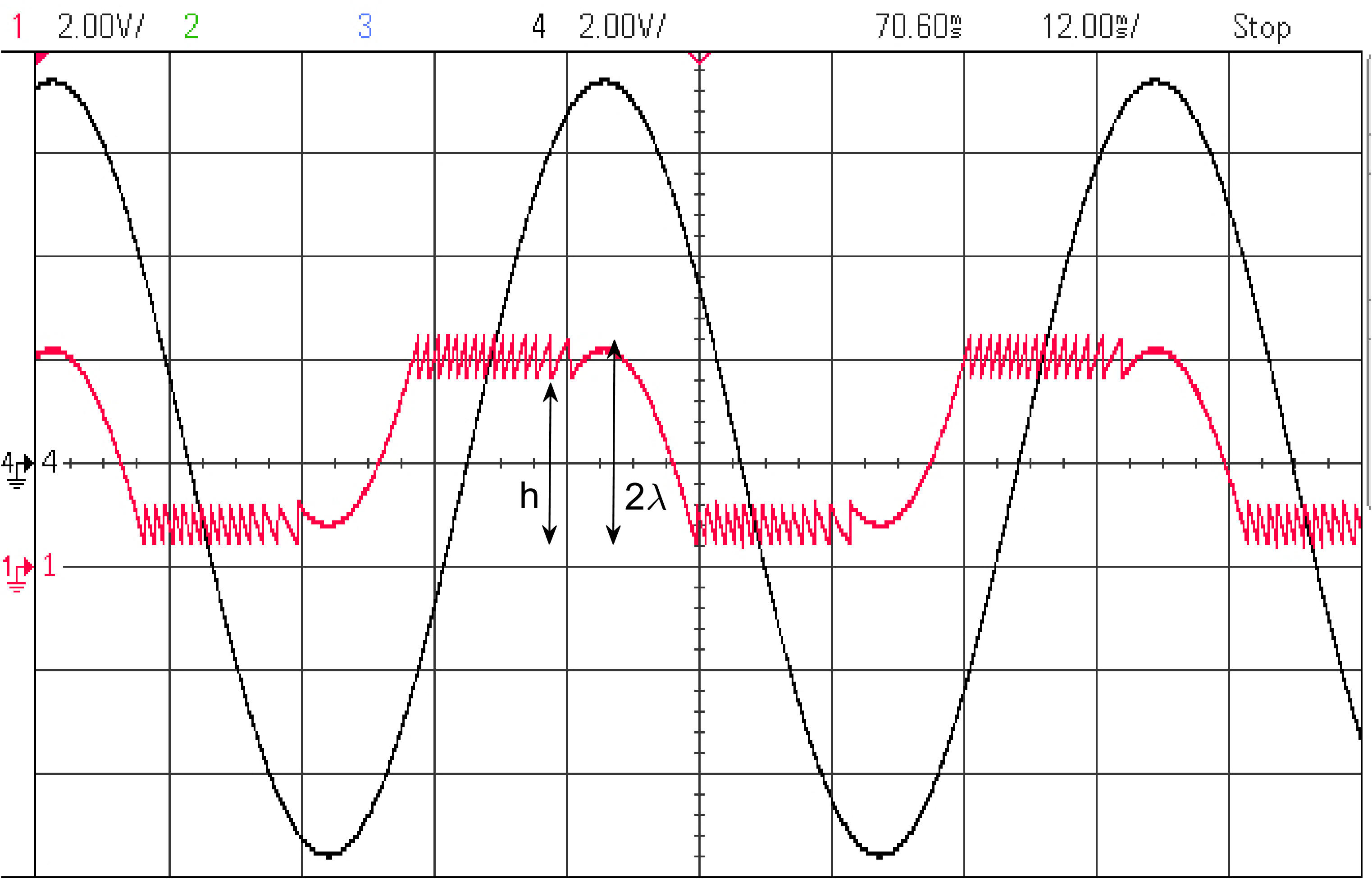The Unlimited Sensing Framework (USF) was recently introduced to overcome the sensor saturation bottleneck in conventional digital acquisition systems. At its core, the USF allows for high-dynamic-range (HDR) signal reconstruction by converting a continuous-time signal into folded, low-dynamic-range (LDR), modulo samples. HDR reconstruction is then carried out by algorithmic unfolding of the folded samples. In hardware, however, implementing an ideal modulo folding requires careful calibration, analog design and high precision. At the interface of theory and practice, this paper explores a computational sampling strategy that relaxes strict hardware requirements by compensating them via a novel, mathematically guaranteed recovery method. Our starting point is a generalized model for USF. The generalization relies on two new parameters modeling hysteresis and folding transients} in addition to the modulo threshold. Hysteresis accounts for the mismatch between the reset threshold and the amplitude displacement at the folding time and we refer to a continuous transition period in the implementation of a reset as folding transient. Both these effects are motivated by our hardware experiments and also occur in previous, domain-specific applications. We show that the effect of hysteresis is beneficial for the USF and we leverage it to derive the first recovery guarantees in the context of our generalized USF model. Additionally, we show how the proposed recovery can be directly generalized for the case of lower sampling rates. Our theoretical work is corroborated by hardware experiments that are based on a hysteresis enabled, modulo ADC testbed comprising off-the-shelf electronic components. Thus, by capitalizing on a collaboration between hardware and algorithms, our paper enables an end-to-end pipeline for HDR sampling allowing more flexible hardware implementations.
翻译:为了克服传统数字采购系统中的传感器饱和瓶颈,最近引入了无限制遥感框架(USF),以克服常规数字采购系统中的传感器饱和瓶颈。在其核心部分,USF通过将连续时间信号转换成折叠、低动态距离(LDR)和模版样本,允许高动态距离(HDR)信号重建。然后,《人类发展报告》的重建通过折叠样品的算法演化来进行。但在硬件部分,实施理想的模版折叠需要仔细校准、模拟设计和高精确度。在理论和实践的界面中,本文探索一种计算抽样战略,通过新颖的、数学保证回收方法来放松严格的硬件要求。我们的起点是美国联邦货币数据库的通用模型和折叠叠变的缩缩硬化模型,这两次效果都是由我们的货币模型和硬化成本回收法的常规化模型驱动的。我们通过以往的变现的硬件和变现法化法化法化法则展示了我们之前的硬值回收方法。

